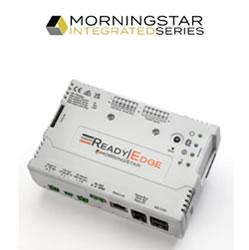Solar-Powered Catamaran completes record-setting circumnavigation
New Study Shows US Solar Energy Could Employ Hundreds of Thousands of Americans by 2020
SolarCity to file for an IPO
Donald Trump to Scotland: Abandon 'monstrous' wind farm plans
World's first canal-based solar power project in Gujarat
Ontario Leads Canada's Record-Setting Wind Power Expansion
Rainmakers: How GE Engineers Squeeze Savings from the Digital Cloud
U.S. wind industry adds 6,800 MW in 2011
TROJAN BATTERY LAUNCHES VIDEO TUTORIAL SERIES TO EXPAND UNDERSTANDING OF DEEP-CYCLE BATTERY TECHNOLOGIES, MAINTENANCE AND SAFETY
Cogenra Solar and Kendall-Jackson Winery Unveil Nation's Largest Rooftop Solar Cogeneration Array
The long, long (long) road for algae fuel
RENEWABLE ENERGY EXPERIENCES EXPLOSIVE GROWTH DURING FIRST THREE YEARS OF OBAMA ADMINISTRATION
Floating Windmills in Japan Help Wind Down Nuclear Power: Energy
NRG Energy, Inc. to Build Unprecedented Electric Vehicle Fast-Charging Infrastructure in California
WorldWide Solar Cell Production Growth Flattens but still Gigantic in 2011
Records 1801 to 1815 of 2273
First | Previous | Next | Last
Featured Product

